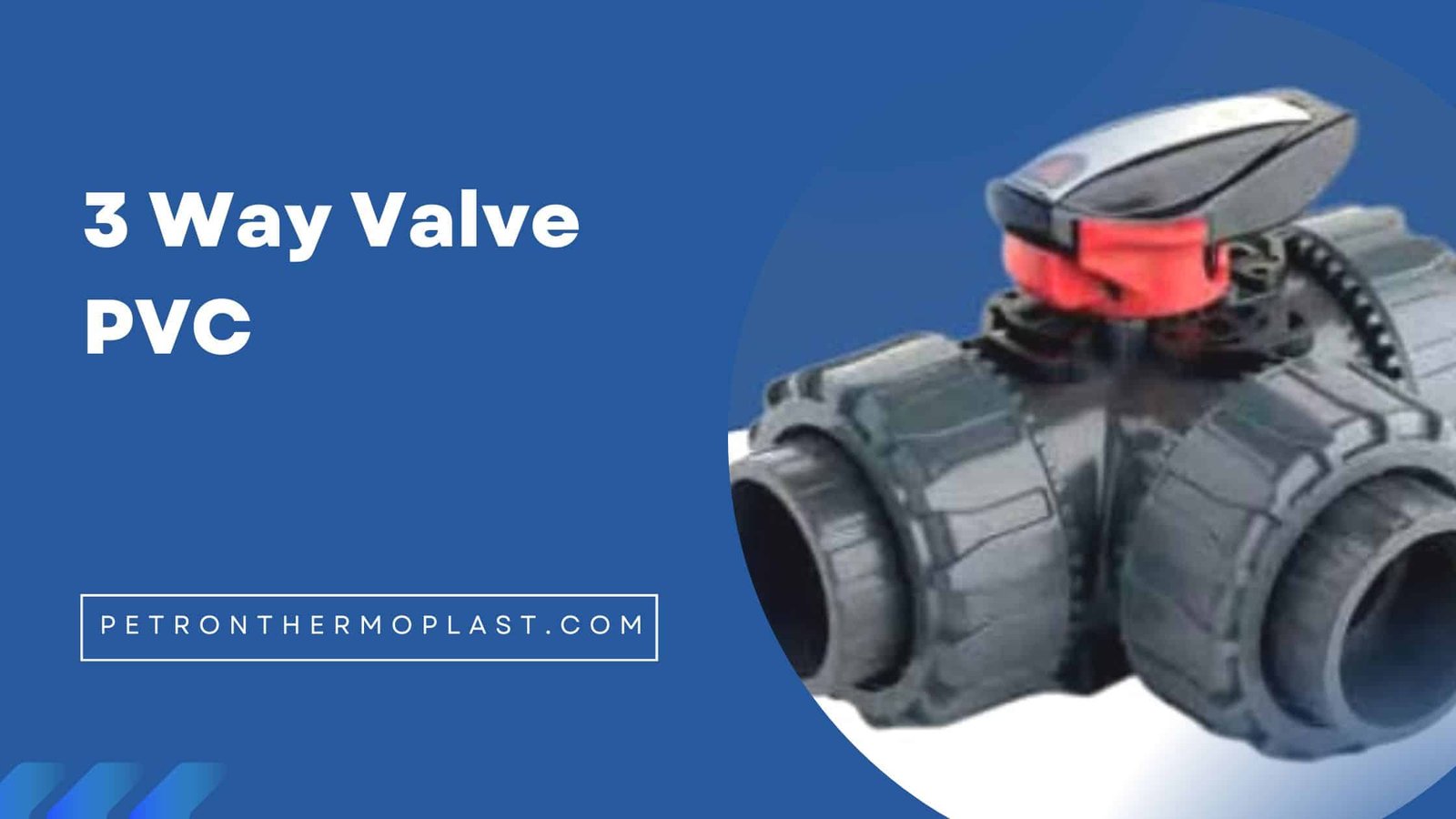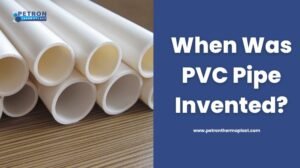How Does A 3 way PVC Valve Work And Its Advantages?
The 3-way PVC valve offers numerous solutions for process control applications. The PVC valves offer great flexibility when the application deals with more than one media. But the valves can confuse someone who has not used them before. Before we begin our discussion, let’s know what a common valve means. Petron Thermoplast, the leading thermoplastic products manufacturer in India, will describe the topic in detail.
Click here to know more technical details.
In the article, you will get to know about the mechanism of the 3-way valves. There are different 3-way valves, and we will cover them too.
Let’s divide our article into some major parts to simplify our discussion. They are:
- What is a 3-way valve?
- Advantages of the valve.
- Major types of 3-way valves.
- Working mechanism of the valves.
- How can you differentiate it from a two-way valve?
Without wasting time, let’s get straight to our discussion.
What is a 3-way valve?
Ball valve suppliers need to come up with unique ball valve designs that can address multiple processes. They also need to remember that they would not be allowed to install more than one valve. Remembering the demand, developers developed multiport ball valves. A 3-way PVC valve has three openings that can function simultaneously as an inlet and outlet.
There are certain advantages of using this certain valve. But the users preferred the valve for its great economic value, which can function as a control and shutoff valve.
Advantages of the valve
Piping setup plays a key role in flow control using this kind of valve. The design of the valve also determines the flow pattern. That being discussed, there are two kinds: the Y-pattern and the L-pattern. Here we can discuss the advantages of a three-way valve. They are:
- It can completely shut off the valve.
- It can mix two media types.
- It can turn the flow of media in another direction.
- It can rend the flow of media into two separate directions.
- It allows different media to flow in the same direction by blocking the flow of one media.
Major types of three-way valves
If you search the major types of three-way valves, you will find the two types of valves. They are:
- L-pattern valves.
- T-pattern valves.
Although the working mechanism is the same for both the valves, the ball configuration of both the valves is quite different.
L-pattern valves
Aside from the two ports at opposite ends, a port located in the middle characterized the L-pattern ball valve.
T-pattern valves
On the other hand, the T-pattern valves are sometimes called the mixer or the 180-degree ball valve.
Working mechanism of the valves
Here is the opportunity to learn about the working mechanism of both two types of valves. We will discuss each mechanism process in detail. The working mechanism is slightly different from the common valve mechanism. The L-pattern type, known as the diverter valve, guarantees the flow change from one port to the other by turning the handle or actuator to 90 degrees.
Let us assume that the primary position has the bottom and left ports open. A quarter revolves in the counterclockwise direction, making the valve divert the media flow to the right port.
Another quarter revolves in the opposite direction to complete the 180-degree complete rotation of the valve. It blocks the flow of media. If it turns to 270 degrees, it would still block the media flow. However, a complete 360-turn allows the valve to return to its original position.
In general, two of the three ports open at a single time. It allows the valve to fix in two shutoff positions with three flow options.
The T-pattern ball valve can also function as a diverter to work uniformly to the L-pattern. A quarter turn of the handle does all the functions. A T-Pattern valve allows passage to all of the three ports.
The common port will always open if the T-pattern valve is positioned vertically. However, the 180-degree turn can not change the flow of the media.
There are locking handle facilities so that the valves can act with a handle turn. However, the locks are in intervals up to 360 degrees for the 3-way PVC valve. It is to reimburse for the number of ports.
How can you differentiate it from a two-way valve?
The two-way ball valve is shutoff services. It has two openings on both, which connect with the pipes. The two-way ball valve has a single hole through which the media passes.
But the three-way valve has three connections. It is ideal for handling more complex control situations that the two-way valve cannot perform. The two-way valves act as a shutoff valve; on the other hand, three-way valves control media flow.
Conclusion
The three-way PVC valves are one of the most versatile and useful valves. If you want to know the function of the valves in detail, visit Petron Thermoplast, where you can get a complete idea about its functionality.




